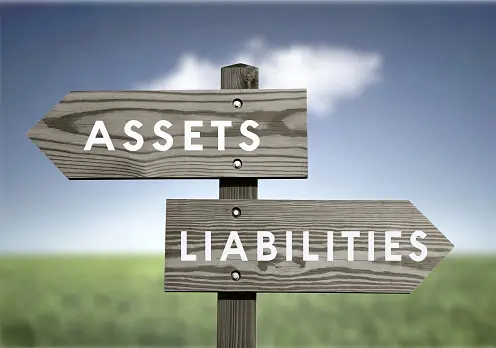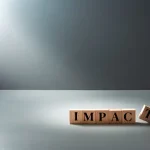
In the realm of personal finance, the terms “liability” and “asset” represent opposing forces. Liabilities drain your wealth, while assets add to it. But what if you could transform a liability, like a debt, into an asset that works for you? This essay explores various strategies to achieve this financial alchemy, empowering you to turn burdens into building blocks for a stronger financial future.
Understanding the Liability Spectrum: Not All Debt is Created Equal
It’s important to recognize that not all liabilities are equal. High-interest debt, such as credit card debt or payday loans, can quickly spiral out of control, hindering your financial progress. Conversely, some debts, like mortgages, can be leveraged strategically to build wealth. The key lies in understanding the interest rate, potential returns, and the impact on your cash flow.
Strategy 1: Debt Snowball vs. Avalanche – Prioritizing Your Payoff Journey
There are two main approaches to tackling debt: the debt snowball and the debt avalanche. The debt snowball focuses on paying off the smallest debts first, regardless of interest rate. This can provide a motivational boost as you see debts disappear quickly. The debt avalanche prioritizes paying off debts with the highest interest rates first, saving you money in the long run. Choose the strategy that best aligns with your personality and financial goals.
Strategy 2: Debt Consolidation – Streamlining Payments and Potentially Reducing Interest
Debt consolidation involves merging multiple debts into a single loan. This simplifies your repayment process with one monthly payment. If you can secure a lower interest rate on the consolidated loan compared to your existing debts, you’ll save money over time. Carefully evaluate consolidation options to ensure you aren’t extending your repayment period or incurring additional fees.
Strategy 3: The Power of Leverage: Using Debt to Build Assets
While debt can be a burden, it can also be a tool for building wealth when used strategically. A classic example is a mortgage. By taking on a mortgage to buy a house, you’re essentially leveraging debt to acquire an asset that can appreciate in value over time. However, this strategy requires careful consideration. Ensure you can comfortably afford the monthly payments and factor in potential housing market fluctuations.
Beyond Debt: Liabilities in Disguise
Debt isn’t the only financial burden that can masquerade as a liability. Unnecessary expenses, like unused gym memberships or subscriptions, can drain your resources. Review your spending habits and identify areas where you can cut back. The money saved can then be channeled towards investments or debt repayment, transforming a hidden liability into a valuable asset.
Building Equity: Investing Your Liabilities Away
Here’s an additional approach: if you can free up some cash flow by reducing expenses or increasing income, consider investing that money. Over time, with careful investment strategies, your returns can potentially outpace your liabilities, effectively turning them into assets in the long run.
Remember: Patience and Planning are Key
Transforming liabilities into assets is a marathon, not a sprint. Developing a budget, sticking to a debt repayment plan, and making wise investment choices are crucial for long-term success. Financial literacy is your greatest weapon in this endeavor. Educate yourself about personal finance, seek professional guidance if needed, and remain committed to your financial goals.
By implementing these strategies and fostering a mindful approach to your finances, you can embark on a transformative journey. Witnessing liabilities morph into assets is an empowering experience, paving the way for a brighter and more secure financial future.




















